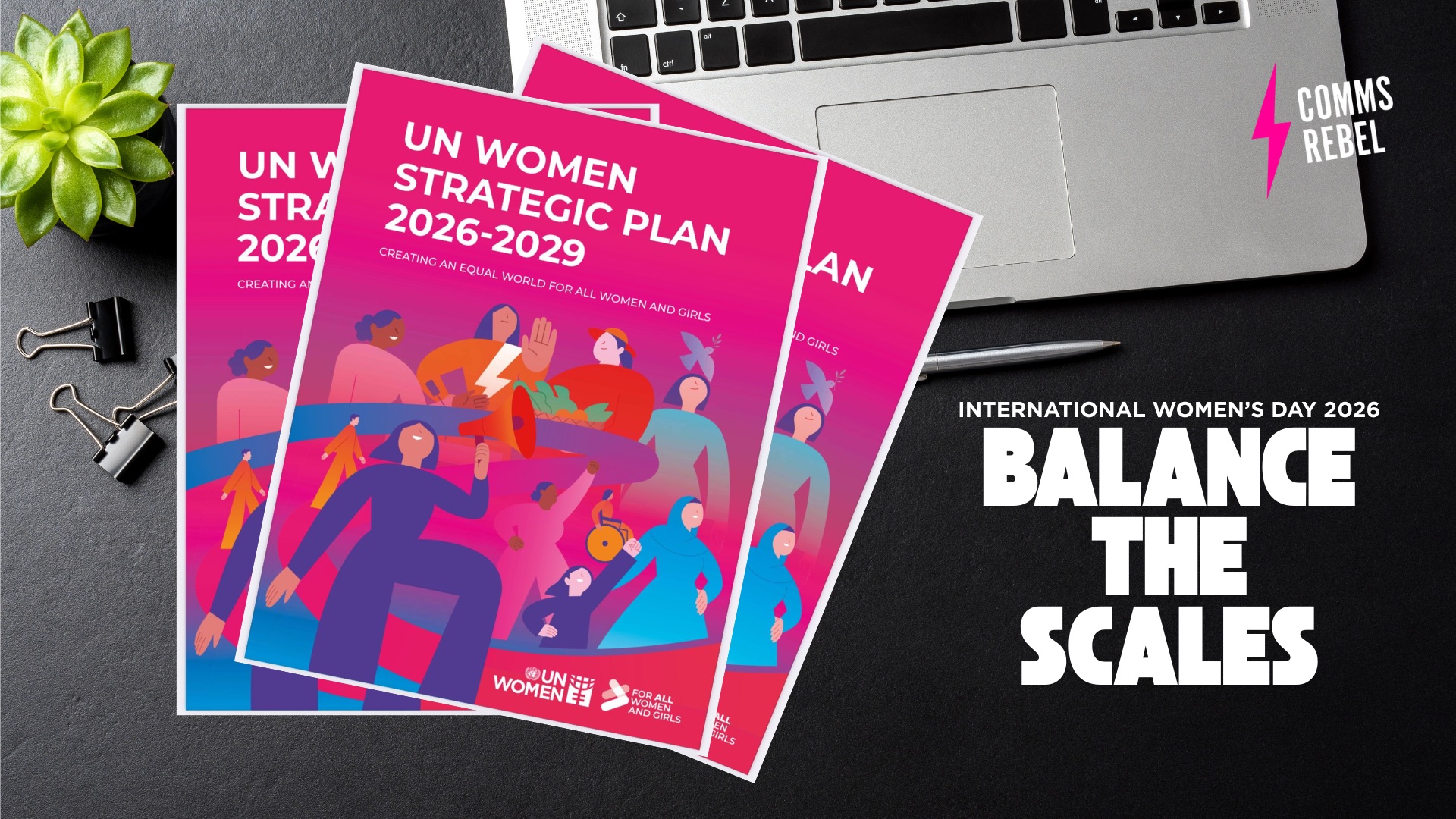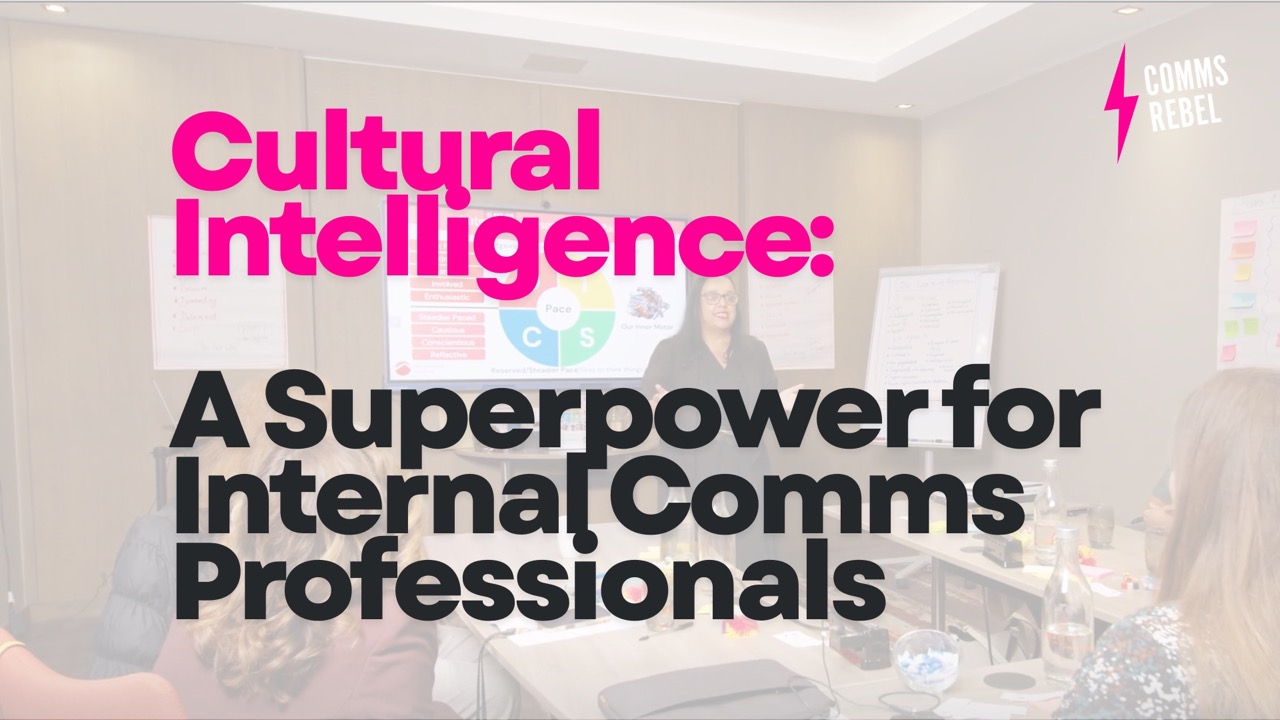In May 2020, the tragic murder of George Floyd sent shockwaves across the globe, causing many organisations and business leaders to release statements to say they will do everything in their power to make sure change takes place. Fast forward 12 months, and many would argue that even though externally, some leaders responded rapidly at what they’d witnessed, internally, not much change had happened when it came to diversity and inclusion efforts.
Building an inclusive culture might not be for want of trying but embedding diversity and inclusion into the organisations culture is something that can’t happen overnight. To see change and achieve the outcomes needed, diversity and inclusion have to be baked into the organisation, in other words, “the way we do things here.” If organisations don’t demonstrate inclusive behaviours and create environments where people can thrive, then colleagues are very likely to say it’s tokenistic and performative – no matter how many emails or events you host that say you’re committed to building a diverse and inclusive workforce.
Gain support from the top
Without the support from senior partners, who can clearly articulate the importance of inclusion and what they expect from leaders, the likelihood of behaviours in the organisation changing will be low.
Aloof and slightly woolly statements with no clear direction that no one can understand will not work for something that requires people to change their hearts and minds. It’s also important to remember that in some cases, inclusion work could unleash some deep-rooted systemic prejudice. This is something that can’t be ignored so a plan of action to address controversial situations will need to be discussed before you start to make commitments and promises, that you might not be able to keep.
As well as adding diversity and inclusion to business objectives, it’s imperative the right channel to communicate some of these messages is chosen wisely. Often a blanket email is not always the answer, and depending on how engaged your colleagues are; you may need to be more creative in what platform you choose. For example, colleagues are more likely to resonate and connect face-to-face with emotive messaging, so either a town hall (if COVID allows) or virtual meetings via a video platform could be an effective medium – but do your due diligence across your organisation to see what works for your workforce.
Listen effectively and take action.
Listening may sound simple enough, but when you have to-do lists and deadlines to hit, you can often be thinking about a million and one other things rather than actively listening to what someone is saying to you. Hearing from the workforce will be critical in building an inclusive culture. If you don’t understand the needs of what colleagues need to thrive, then your actions will be performative rather than meaningful.
There are various tactics you can introduce to gather mass feedback such as focus groups and mini pulse checks, but it’s also essential to look out for other signals and insights. What’s your performance data telling you? Is there a pattern of absence for specific groups? Are people from different diverse backgrounds leaving in droves? If so, what do they say in their exit interviews?
All this insight will help you understand the current cultural climate and what your problem areas are across the business. You might discover that inadvertently all your photos on your intranet are not representative of the workforce or that the language you use to communicate across the organisation is heavily skewed against one particular gender, and it disregards non-binary voices.
If you’re not sure then make sure you ask folks outside of your immediate team and gather perspectives from elsewhere. Build a mini community of people who can catch things if you miss it – it’s progress not perfection.
Address your biases
As humans, we are all biased, but it’s essential to pay attention to where your bias lies and be aware of it. As uncomfortable as this might be, if you don’t check in with your own bias, then it’s difficult to embrace an inclusive culture and progress with the work that’s taking place.
A study in 2017 conducted by the Centre for Talent Innovation (CTI) showed that when employees feel judged by their manager, they are 2.6 times more likely to withhold their ideas and five times more likely to talk negatively about their company via social media.
Clawing back the reputation of a business after colleagues have called out poor behaviours and practice can be difficult, no matter how many resources you have on your side.
If you know you’re guilty of bias, make sure you ask others, who are different from you, to check your approach to make sure you haven’t missed anything. To address your implicit bias, make sure you interact with colleagues you may not regularly talk to, as this will help you gain a better understanding of what’s happening in their world and more likely give you a better perspective.
Create a safe space with two-way communication
One of the challenges of building an inclusive culture is that the employees you need to speak up and out are often fearful of repercussions. When people don’t see leaders who look like them in senior positions, it takes a tremendous amount of energy to speak up and be seen, as you never know how others may react.
Creating a safe space where people can go and speak without the fear of backlash will make a big difference. Whether that’s a drop-in session with key leaders or an area on the intranet where people can ask anonymous questions, make sure that they receive an appropriate response when people do reach out. This means processes will have to be in place, including things like who signs off on the response, who is responsible for feeding back, which leaders will undertake the drop-in sessions etc.
If this is all addressed beforehand, it can save a significant amount of time later down the line.
Measure the changes you’re making
Even though cultural change can take several months, if not years, to fully embed, you must have appropriate measures in place so you can see if the approach is working. Check your performance data, retention and absence. Has innovation increased? Are people speaking up more in meetings?
Undertake focus groups and keep a check on the pulse surveys. All this data will give you an understanding of whether or not communication across the business is making an impact.
The information you gather will also help you shape your messages and make them more relevant to your organisation, rather than a blanket approach or a carbon copy of something that may have worked elsewhere.
Building an inclusive culture is a work in progress and can take dedication, time, and resources. The responsibility can’t lie with one individual and it has to be driven by the behaviours from the top. However, internal communication can help foster some of the conversations, communicate effective messages and support senior leaders with their strategic approach. If you want your people to thrive, inclusivity and belonging is something you can’t afford to ignore.


